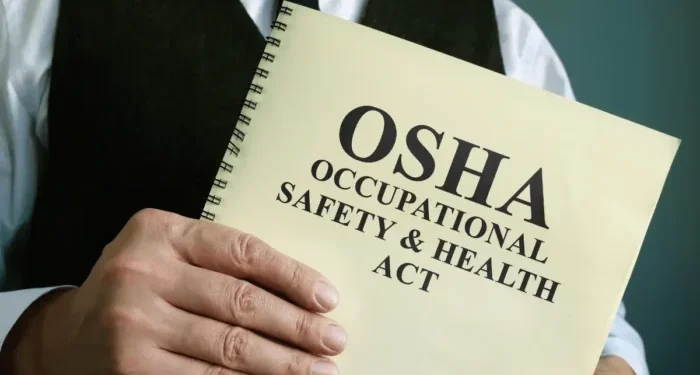Occupational health and safety insurance policies lay the foundation for a compelling exploration, offering a detailed look at the intricacies of workplace safety regulations.
In the following paragraphs, we delve into the various aspects of these policies, shedding light on their significance and impact on organizations.
Overview of Occupational Health and Safety Insurance Policies
Occupational health and safety insurance policies are designed to protect both employees and employers in the workplace by providing coverage for injuries, illnesses, or accidents that may occur on the job. These policies help ensure that workers receive the necessary medical treatment and compensation in case of work-related incidents. Having occupational health and safety insurance policies in place is crucial for maintaining a safe and healthy work environment. It not only protects the employees but also safeguards the financial stability of the employer by covering potential liabilities related to workplace accidents.Common Components of Occupational Health and Safety Insurance Policies
- Workers' Compensation Coverage: This component provides benefits to employees who suffer work-related injuries or illnesses, including medical expenses and lost wages.
- Employer's Liability Insurance: This coverage protects employers from claims made by employees for workplace injuries not covered by workers' compensation.
- Occupational Accident Insurance: Offers coverage for accidents that occur on the job, including disability benefits and medical expenses.
- Health and Safety Training Programs: Many policies include provisions for safety training programs to prevent workplace accidents and injuries.
- Legal Assistance: Some policies may offer legal assistance in case of disputes or claims related to occupational health and safety issues.
Types of Coverage Offered
Occupational health and safety insurance policies typically offer a range of coverage options to help organizations protect their employees and comply with regulations.General Liability Coverage
- Provides protection against claims of bodily injury or property damage resulting from workplace accidents.
- Includes coverage for legal fees and settlements.
Workers’ Compensation Insurance
- Covers medical expenses and lost wages for employees injured on the job.
- Mandatory in most states and helps prevent lawsuits from injured workers.
Employer’s Liability Insurance
- Offers protection against claims of negligence that result in employee injuries or illnesses.
- May cover legal defense costs and settlements.
Professional Liability Coverage
- Protects against claims of errors, omissions, or negligence in professional services provided.
- Commonly used in industries such as healthcare, engineering, and consulting.
Industry-Specific Coverage
- Some policies offer specialized coverage tailored to specific industries, such as construction, manufacturing, or healthcare.
- Includes unique risks and exposures relevant to each industry.
Size-Based Coverage Variations
- Larger organizations may opt for higher coverage limits to mitigate greater risks and potential liabilities.
- Smaller businesses may choose more basic coverage options to suit their budget and risk profile.
Legal Requirements and Compliance
In many countries, organizations are legally required to have occupational health and safety insurance policies in place to protect their employees and comply with regulations. These policies help ensure that employees are provided with a safe working environment and are covered in case of any work-related injuries or illnesses.Mandated Policies
- Employers must provide workers' compensation insurance to cover medical expenses and lost wages for employees injured on the job.
- Organizations may also be required to have liability insurance to protect against lawsuits related to workplace accidents.
Enforcement and Compliance
- Organizations ensure compliance by regularly reviewing and updating their health and safety policies to meet current regulations.
- Training programs are often implemented to educate employees on safety protocols and procedures to prevent accidents.
- Regular inspections and audits may be conducted to ensure that the workplace meets safety standards and regulations.
Penalties for Non-Compliance
- Failure to comply with occupational health and safety insurance regulations can result in fines and penalties for organizations.
- In some cases, non-compliance may lead to legal action, lawsuits, or even the closure of the business.










